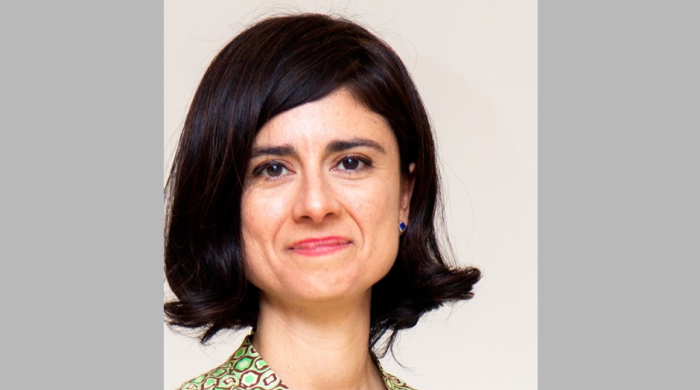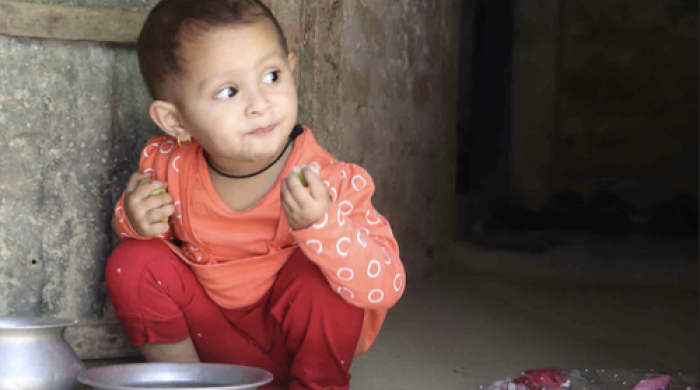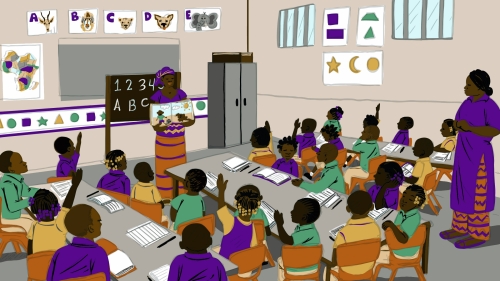J. Lawrence Aber, Willner Family Professor of Psychology and Public Policy and University Professor, has stepped down after a decade as co-director for Global TIES for Children.
In 2014, together with Courtney Sale Ross University Professor of Globalization and Education Hirokazu Yoshikawa, Aber co-founded the international research center dedicated to scientific evidence for program and policy action that promotes children’s holistic learning and development.
Learn more about his tenure and what’s on the horizon for the future in this interview.
How did you end up at NYU Steinhardt?
I’ve spent most of my adult life working on how violence and poverty affect children’s learning, mental health, and socio-emotional development, largely in the United States at first. In 2004, NYU Steinhardt recruited me from Columbia University to do two things: 1) create more intellectually collaborative, cross-disciplinary and policy-relevant research in the social and behavioral sciences, and 2) strengthen the work that then-President John Sexton championed to position NYU as "a global and cosmopolitan university." I spent 10 years doing this work at Steinhardt’s Institute of Human Development and Social Change, where I created a working group on global child development and obtained some grants for research.
How was Global TIES started?
There are two strands to the origin story. First, Because of my domestic work on school-based interventions to promote children’s academic and social-emotional learning, I came to the attention of the International Rescue Committee (IRC). In 2012, they wanted to undertake a program of research on how to effectively educate children in low-income and conflict-affected countries, focusing on their emotional and mental health as well as their academic achievement. I had just been developing some social and emotional learning (SEL) programs for the U.S., so IRC and NYU combined their efforts. Collaboratively, we developed a proposal to help the Democratic Republic of the Congo rework their educational system after a massive regional war; this became the first major Global TIES project.
Second, I was on the dissertation committees of two exceptionally talented doctoral students — Hirokazu Yoshikawa 20+ years ago and Carly Tubbs Dolan 10+ years ago — so I’ve known them both for a while. They are brilliant and very generative research scientists. For somewhat different but highly complementary reasons, both Hiro and Carly were interested in working on the creation of a global research center that was committed to finding out what works and what doesn’t and why. This was kind of a radical idea in the humanitarian relief world at the time. We decided to join forces to co-create Global TIES.
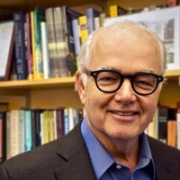
TIES grew out of a shared conviction that children in low-income and conflict-affected countries deserve the full attention of the research community to help improve their current lives and their future prospects.
What are some of the things you’re most proud of at Global TIES?
One, we created a work setting where we actively attempted to employ people from the affected countries and regions where we are doing our research as research associates and assistants. It’s a real commitment to hire from these regions, but it’s critically important to do.
Two, early on we had great success in grant writing and project development. Two examples stand out for me. As I mentioned earlier, our project in the IRC was the first rigorous scientific evaluation of a school-based program in a conflict affected country. Also, Hiro spearheaded TIES’s work to compete for and win the $100 million 100&Change grant from the MacArthur Foundation for our partnership with Sesame Workshop and the IRC to educate young children displaced by conflict and persecution in the Middle East.
What do you see in the future for Global TIES?
TIES grew out of a shared conviction that children in low-income and conflict-affected countries deserve the full attention of the research community to help improve their current lives and their future prospects. I know that [new Global TIES Director] Florencia Lopez Boo shares this conviction and will bring her immense experience and expertise to bear in continuing the Center’s mission.
(Learn more about Lopez Boo’s vision for the future of Global TIES.)
What does the future look like for you?
I will remain a professor at Steinhardt, but I’m going to transition from doing big, scientific, empirical studies like those described earlier to more reflective writing. I’ve had several ideas for books floating around in my mind, but I haven’t had the time or space to write them.
I also want to slow down to spend more time with family and friends and keep myself healthy and whole. The Spanish word for "retirement" is "jubilación," which I think is a much nicer way to look at it. I don’t want to flunk jubilación.
Related Articles
NYU Global TIES for Children Finds Substantial Impact from Groundbreaking Ahlan Simsim Initiative Combining Educational Media and Early Childhood Services
New research from NYU Global TIES for Children finds substantial impact on children’s language, numeracy, and social-emotional development from Ahlan Simsim programs.
Global TIES Announces New Director: Florencia Lopez Boo
Florencia Lopez Boo has worked with the Inter-American Development Bank on the design, implementation, and evaluation of early childhood development, social protection, and health programs for 15 years.
Understanding Settings for Early Childhood Socialization: New Research Brief by Global TIES for Children's Play to Learn Team
NYU Global TIES for Children (NYU-TIES), an international research center embedded within NYU's IHDSC, has launched their sixth research brief, Understanding Settings for Early Childhood Socialization: Evidence from the Rohingya Camps, from their Play to Learn (PtL) program.
Related Department
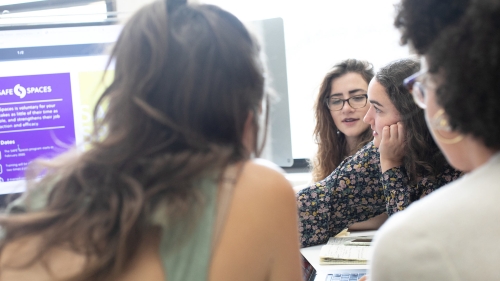
Applied Psychology
246 Greene Street , New York, NY 10003
P: 212-998-5555
E: applied.psychology@nyu.edu


